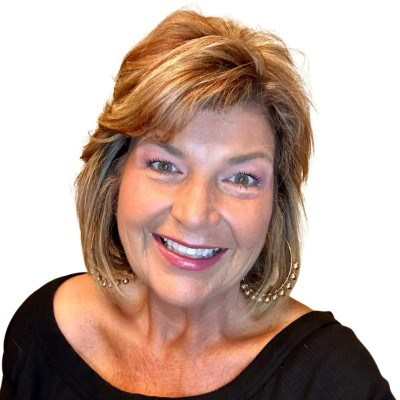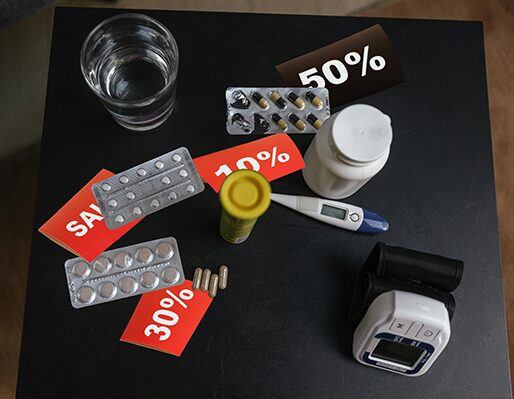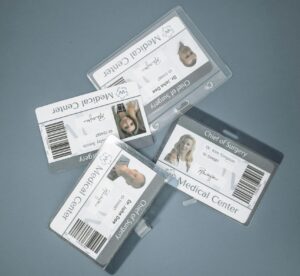What can Providers Give to Patients, Part 6
by Elizabeth E. Hogue, Esq.
What Providers Can Give, Part 6
Provider Kickback Exclusions
Providers, including marketers, are tempted to give patients and potential patients free items and services. While providers usually have good intentions, they must comply with applicable requirements.
Background
Part 1
As Part 1 of this series indicates, there are two applicable federal statutes: the Anti-Kickback Statute (AKS) and the Civil Monetary Penalties Law (CMPL). Part 1 also makes it clear that there are a number of exceptions. If providers meet the requirements of applicable exceptions, they can give patients and potential patients free items and services that would otherwise violate applicable requirements.
Part 2
Part 2 describes an exception for items and services of nominal value with a retail value of no more than $15 per item or $75 in the aggregate per patient on an annual basis that may be given by providers to beneficiaries. Providers may not, however, give cash or cash equivalents.
Part 3
Part 3 describes the circumstances under which providers may give free items and services to patients with demonstrated financial need.
Part 4
Part 4 summarizes recent guidance from the Office of Inspector General (OIG) about giving incentives to promote vaccination against COVID-19.
Part 5
Part 5 describes an exception for preventive items or services.
Part 6: An exception
This article addresses an exception for free items or services to promote access to care.
The CMPL excludes items or services that improve beneficiaries’ ability to obtain items and services payable by the Medicare or Medicaid Programs and that pose a low risk of harm to both beneficiaries and the Programs because they are unlikely to:
- Increase costs to federal health programs or beneficiaries through overutilization or inappropriate utilization
- Interfere with or skew clinical decision-making
- Raise issues of patient safety or concerns about quality of care
Exclusions
This exception does not apply to waivers of copayments, or to the provision of cash or cash equivalents.
In addition, the exception applies only to items or services that promote access to care covered by the Medicare or Medicaid Programs, i.e., items or services that improve particular beneficiaries’ ability to obtain items or services payable by the Medicare or Medicaid Programs. The exception does not apply to items or services that reward receipt of care or incentives for complying with treatment regimens.

Inclusions
The OIG says, for example, that this exception includes giving patients the tools they need to remove socioeconomic, educational, geographic, mobility, or other barriers to getting necessary care. Such barriers may include free childcare, so that patients may attend educational programs or appointments for treatment; free local transportation or parking reimbursement for appointments; smartphone apps or low-cost fitness trackers; gift cards that promote access to care; educational materials and informational programs about disease states or treatments; and self-monitoring equipment, such as scales or blood pressure cuffs. The exception does not include movie tickets, for example, given to patients to reward them for attending educational sessions.
Final Thoughts
Providers should certainly utilize the exceptions described in this series of articles to provide the maximum permissible assistance to patients.
# # #


Elizabeth Hogue is an attorney in private practice with extensive experience in health care. She represents clients across the U.S., including professional associations, managed care providers, hospitals, long-term care facilities, home health agencies, durable medical equipment companies, and hospices.
©2025 Elizabeth E. Hogue, Esq. All rights reserved.
No portion of this material may be reproduced in any form without the advance written permission of the author.
©2025 by The Rowan Report, Peoria, AZ. All rights reserved.













